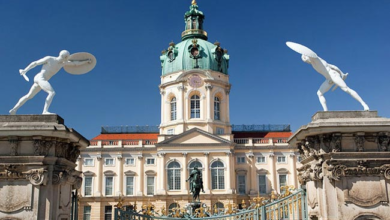The most important tourist attractions in Eritrea
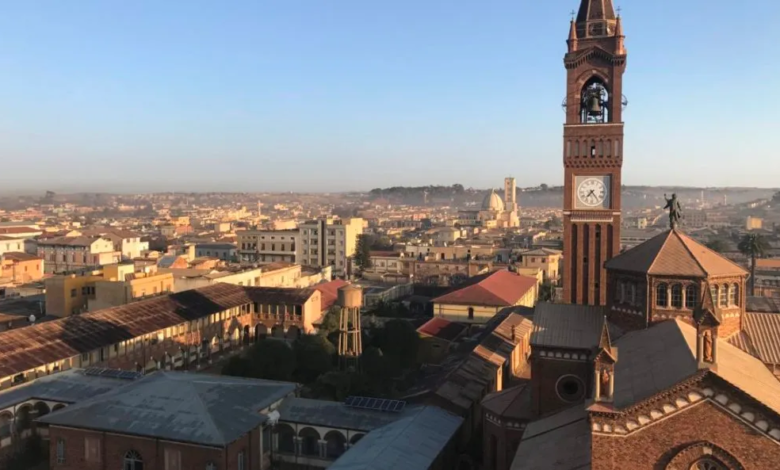
Eritrea is a small country located in the Horn of Africa, bordered by Sudan to the west, Ethiopia to the south, and Djibouti to the southeast. Despite its rich cultural and natural heritage, tourism in Eritrea is relatively underdeveloped.
One of the main attractions for tourists in Eritrea is the city of Asmara, which is known for its well-preserved Italian colonial architecture and vibrant street life. Visitors can explore the city’s many cafes, restaurants, and markets, as well as its museums and historic buildings, such as the Art Deco Cinema Impero and the Fiat Tagliero Building.
Other popular destinations in Eritrea include the Dahlak Archipelago, a group of islands located in the Red Sea that offer opportunities for snorkeling, diving, and beach relaxation; the ancient city of Adulis, which was an important center of trade and commerce in ancient times; and the historic town of Keren, which is known for its colorful markets and beautiful mountain scenery.
Despite these attractions, tourism in Eritrea has been limited in recent years due to political instability and a lack of infrastructure. However, the government of Eritrea has been making efforts to promote tourism and attract more visitors to the country. In 2019, the government launched a new tourism campaign called “Eritrea, Your Next Destination” to showcase the country’s cultural and natural treasures to the world.
Sure, I’d be happy to tell you more about tourism in Eritrea.
As I mentioned earlier, Eritrea is a country with a rich cultural and natural heritage that has largely remained undiscovered by tourists. Some of the country’s other attractions include the ancient ruins of Qohaito and Metera, the Massawa Old Town, and the Filfil Solomona National Park, which is home to a variety of wildlife and offers opportunities for hiking and camping.
One of the challenges facing tourism in Eritrea is a lack of infrastructure, including limited transportation options and a shortage of hotels and other tourist facilities. However, the government has been working to address these issues by investing in new hotels and transportation infrastructure, such as a new airport in the town of Assab.
Another challenge for tourism in Eritrea has been political instability in the region. The country has been involved in a long-standing border dispute with Ethiopia, which has led to occasional outbreaks of violence and insecurity. However, in recent years, there have been some positive developments in the region, including a peace agreement between Eritrea and Ethiopia in 2018, which has led to increased stability and improved prospects for tourism in the region.
Overall, while tourism in Eritrea is still in its early stages of development, the country has a lot to offer visitors in terms of its cultural and natural heritage. With continued investment in infrastructure and improvements in the political situation, Eritrea has the potential to become an attractive destination for tourists in the years to come
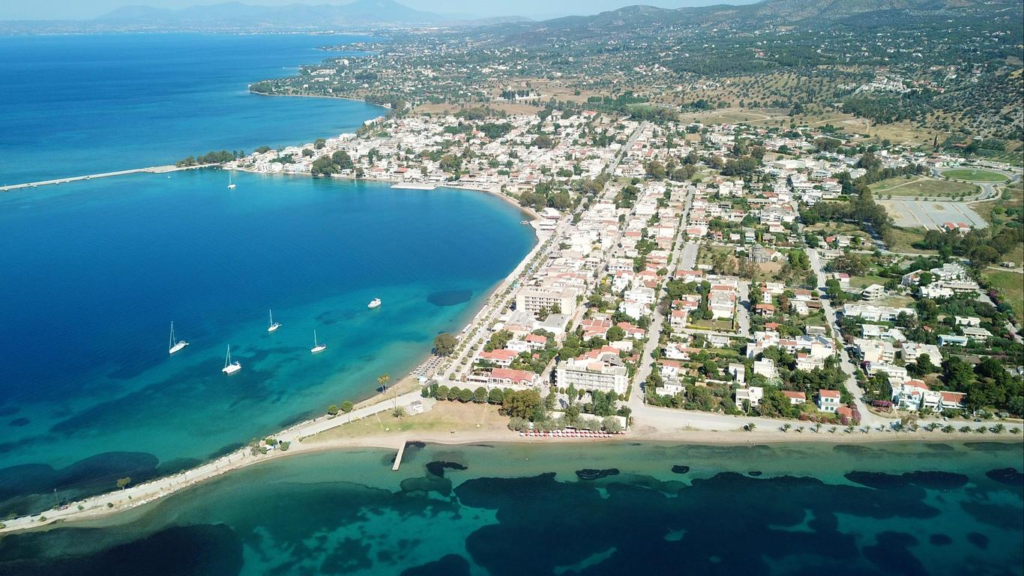
Certainly, I would be happy to tell you more about tourism in Eritrea.
One of the unique aspects of tourism in Eritrea is the country’s focus on preserving its cultural heritage. In recent years, the government has made efforts to renovate and restore many of the country’s historic buildings and landmarks, including the Asmara Opera House and the Fiat Tagliero Building, which have become major tourist attractions. The government has also established a number of museums and cultural centers throughout the country to showcase Eritrea’s rich history and culture.
Another aspect of Eritrea that attracts tourists is its beautiful landscapes and natural attractions. The country is home to a diverse range of ecosystems, including coral reefs, deserts, and mountains, which offer opportunities for outdoor activities like hiking, diving, and bird watching. The Dahlak Archipelago, for example, is a popular destination for snorkeling and diving, while the Gash-Barka region is known for its wildlife, including elephants, giraffes, and antelopes.
Despite these attractions, Eritrea still faces challenges in developing its tourism industry. One of the main obstacles is a lack of awareness among potential visitors about what the country has to offer. The government has been working to address this by promoting the country’s attractions through international tourism fairs and marketing campaigns.
Another challenge is the country’s visa policy, which can be cumbersome and expensive for tourists. However, the government has recently introduced a new e-visa system that makes it easier for visitors to apply for a visa online.
Overall, while tourism in Eritrea is still in its early stages of development, the country has a lot of potential as a destination for cultural and nature-based tourism. With continued investment in infrastructure and improvements in visa policies, Eritrea could become an increasingly popular destination for travelers seeking unique and off-the-beaten-path experiences.
Certainly, I can tell you more about tourism in Eritrea.
One of the unique aspects of tourism in Eritrea is the country’s rich cultural heritage. Eritrea has a long and complex history, with influences from various civilizations, including the ancient Egyptian, Greek, and Roman empires, as well as Islamic and Ottoman cultures. This has resulted in a unique blend of cultural traditions and architectural styles that are reflected in the country’s historic buildings, monuments, and museums.
Asmara, the capital city of Eritrea, is particularly known for its Italian colonial architecture, which dates back to the late 19th and early 20th centuries when Italy colonized the region. The city boasts numerous well-preserved Art Deco and Rationalist-style buildings, as well as a vibrant street life that reflects the country’s diverse cultural influences.
In addition to its cultural attractions, Eritrea is also home to a diverse range of natural landscapes and ecosystems. The country’s coastline, which stretches along the Red Sea, is known for its pristine coral reefs and marine life, making it a popular destination for snorkeling and diving. The interior of the country is characterized by rugged mountains, deserts, and savannas, which offer opportunities for hiking, camping, and wildlife viewing.
Despite these attractions, tourism in Eritrea remains relatively underdeveloped compared to other countries in the region. This is due in part to a lack of infrastructure, including limited transportation options and a shortage of tourist facilities. However, the government has been making efforts to address these issues by investing in new hotels, resorts, and transportation infrastructure.
Another challenge facing tourism in Eritrea is the country’s political situation. Eritrea has been involved in a long-standing border dispute with Ethiopia, and the region has experienced occasional outbreaks of violence and insecurity. However, in recent years, there have been some positive developments in the region, including a peace agreement between Eritrea and Ethiopia in 2018 that has led to improved stability.
Overall, while tourism in Eritrea is still in its early stages of development, the country has a lot to offer visitors in terms of its cultural and natural heritage. With continued investment in infrastructure and improvements in the political situation, Eritrea has the potential to become an attractive destination for tourists seeking unique and off-the-beaten-path experiences.
Certainly, I can tell you more about tourism in Eritrea.
One of the unique aspects of tourism in Eritrea is the country’s rich cultural heritage. Eritrea has a long and complex history, with influences from various civilizations, including the ancient Egyptian, Greek, and Roman empires, as well as Islamic and Ottoman cultures. This has resulted in a unique blend of cultural traditions and architectural styles that are reflected in the country’s historic buildings, monuments, and museums.
Asmara, the capital city of Eritrea, is particularly known for its Italian colonial architecture, which dates back to the late 19th and early 20th centuries when Italy colonized the region. The city boasts numerous well-preserved Art Deco and Rationalist-style buildings, as well as a vibrant street life that reflects the country’s diverse cultural influences.
In addition to its cultural attractions, Eritrea is also home to a diverse range of natural landscapes and ecosystems. The country’s coastline, which stretches along the Red Sea, is known for its pristine coral reefs and marine life, making it a popular destination for snorkeling and diving. The interior of the country is characterized by rugged mountains, deserts, and savannas, which offer opportunities for hiking, camping, and wildlife viewing.
Despite these attractions, tourism in Eritrea remains relatively underdeveloped compared to other countries in the region. This is due in part to a lack of infrastructure, including limited transportation options and a shortage of tourist facilities. However, the government has been making efforts to address these issues by investing in new hotels, resorts, and transportation infrastructure.
Another challenge facing tourism in Eritrea is the country’s political situation. Eritrea has been involved in a long-standing border dispute with Ethiopia, and the region has experienced occasional outbreaks of violence and insecurity. However, in recent years, there have been some positive developments in the region, including a peace agreement between Eritrea and Ethiopia in 2018 that has led to improved stability.
Overall, while tourism in Eritrea is still in its early stages of development, the country has a lot to offer visitors in terms of its cultural and natural heritage. With continued investment in infrastructure and improvements in the political situation, Eritrea has the potential to become an attractive destination for tourists seeking unique and off-the-beaten-path experiences.
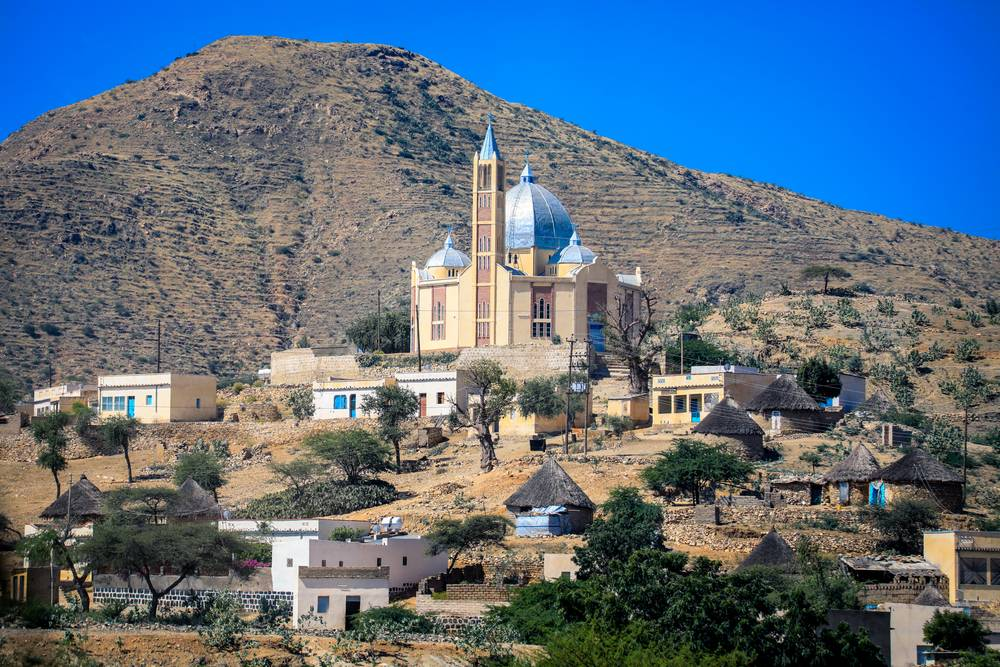
One of the unique aspects of tourism in Eritrea is the country’s focus on sustainable tourism. The government has made efforts to promote responsible tourism practices, such as limiting the number of visitors to certain ecologically sensitive areas and promoting conservation efforts to protect the country’s natural resources.
In recent years, the government has also been working to diversify the country’s tourism offerings by promoting sports tourism, particularly cycling. Eritrea has become a popular destination for cycling enthusiasts, who are drawn to the country’s hilly terrain and scenic routes. In fact, the Tour of Eritrea, an annual cycling race, has become a major event on the African cycling calendar.
Another unique aspect of tourism in Eritrea is the country’s focus on community-based tourism. The government has been working to involve local communities in the tourism industry, providing training and support for small-scale tourism enterprises. This approach has the potential to create new economic opportunities for local communities while also preserving cultural traditions and promoting sustainable tourism practices.
Despite these efforts, tourism in Eritrea still faces challenges. One of the main obstacles is a lack of awareness among potential visitors about what the country has to offer. The government has been working to address this by promoting the country’s attractions through international tourism fairs and marketing campaigns.
Another challenge is the country’s visa policy, which can be cumbersome and expensive for tourists. However, as I mentioned earlier, the government has recently introduced a new e-visa system that makes it easier for visitors to apply for a visa online.
Overall, while tourism in Eritrea is still in its early stages of development, the country has a lot of potential as a destination for sustainable and community-based tourism. With continued investment in infrastructure and improvements in visa policies, Eritrea could become an increasingly popular destination for travelers seeking unique and responsible tourism experiences.
One of the unique aspects of Eritrea’s tourism industry is the country’s focus on preserving its cultural heritage. The government has made significant investments in the restoration and preservation of historic buildings and landmarks throughout the country. For example, the Fiat Tagliero Building and the Asmara Opera House are both well-preserved examples of Italian colonial architecture and have become major tourist attractions. In addition, the government has established several museums and cultural centers, including the National Museum of Eritrea and the National Museum of Asmara, to showcase the country’s rich history and cultural traditions.
Eritrea’s tourism industry also offers visitors the opportunity to explore the country’s diverse landscapes and natural attractions. The Dahlak Archipelago, located in the Red Sea, is a popular destination for diving and snorkeling. The archipelago consists of more than 200 islands and is home to a wide variety of marine life and coral reefs. The Gash-Barka region, located in western Eritrea, is known for its wildlife, including elephants, giraffes, and antelopes.
Another unique aspect of tourism in Eritrea is the country’s focus on peace and reconciliation. In recent years, the government has promoted initiatives aimed at promoting peace and reconciliation, both within Eritrea and throughout the region. For example, the government has launched a series of conferences and events aimed at fostering dialogue and understanding among different cultural and ethnic groups. These initiatives have the potential to create a more peaceful and stable environment for tourism in the region.
Despite these attractions, Eritrea’s tourism industry still faces challenges. One of the main obstacles is a lack of infrastructure, including limited transportation options and a shortage of tourist facilities. However, the government has been making efforts to address these issues by investing in new hotels, resorts, and transportation infrastructure.
In addition, Eritrea’s tourism industry has been impacted by the COVID-19 pandemic, which has led to a significant decrease in international travel. However, the government has taken steps to mitigate the impact of the pandemic on the tourism industry, including implementing strict health and safety measures and promoting domestic tourism.
Overall, while tourism in Eritrea is still in the early stages of development, the country has a lot to offer visitors in terms of its cultural and natural heritage. With continued investment in infrastructure and improvements in the political and economic environment, Eritrea has the potential to become an increasingly popular destination for responsible and sustainable tourism.
One of the unique aspects of Eritrea’s tourism industry is its focus on community-based tourism. The government has been working to involve local communities in the tourism industry, providing training and support for small-scale tourism enterprises. This approach has the potential to create new economic opportunities for local communities while also preserving cultural traditions and promoting sustainable tourism practices.
In addition to community-based tourism, Eritrea’s tourism industry also offers visitors the opportunity to explore the country’s diverse landscapes and natural attractions. The country is home to several national parks, including the Semienawi Bahri National Park and the Filfil Solomona National Park, which offer opportunities for hiking, camping, and wildlife viewing. The country’s coastline, which stretches along the Red Sea, is known for its pristine coral reefs and marine life, and is a popular destination for snorkeling and diving.
Another unique aspect of tourism in Eritrea is the country’s focus on sports tourism. In recent years, Eritrea has become a popular destination for cycling enthusiasts, who are drawn to the country’s hilly terrain and scenic routes. The Tour of Eritrea, an annual cycling race, has become a major event on the African cycling calendar. In addition to cycling, Eritrea also offers opportunities for other sports, such as hiking, rock climbing, and water sports.
Despite these attractions, Eritrea’s tourism industry still faces challenges. One of the main obstacles is a lack of awareness among potential visitors about what the country has to offer. The government has been working to address this by promoting the country’s attractions through international tourism fairs and marketing campaigns.
Another challenge is the country’s visa policy, which can be cumbersome and expensive for tourists. However, the government has recently introduced a new e-visa system that makes it easier for visitors to apply for a visa online.
Overall, while tourism in Eritrea is still in the early stages of development, the country has a lot of potential as a destination for responsible, sustainable, and community-based tourism. With continued investment in infrastructure and improvements in visa policies, Eritrea could become an increasingly popular destination for travelers seeking unique and off-the-beaten-path experiences.
One of the unique aspects of Eritrea’s tourism industry is its emphasis on cultural tourism. The country has a rich cultural heritage that is reflected in its historic buildings, monuments, and museums. Asmara, the capital city, is particularly known for its Italian colonial architecture, which dates back to the late 19th and early 20th centuries when Italy colonized the region. The city boasts numerous well-preserved Art Deco and Rationalist-style buildings, as well as a vibrant street life that reflects the country’s diverse cultural influences.
In addition to its cultural attractions, Eritrea is also home to a diverse range of natural landscapes and ecosystems. The country’s interior is characterized by rugged mountains, deserts, and savannas, which offer opportunities for hiking, camping, and wildlife viewing. The Dahlak Archipelago, located in the Red Sea, is a popular destination for diving and snorkeling. The archipelago consists of more than 200 islands and is home to a wide variety of marine life and coral reefs.
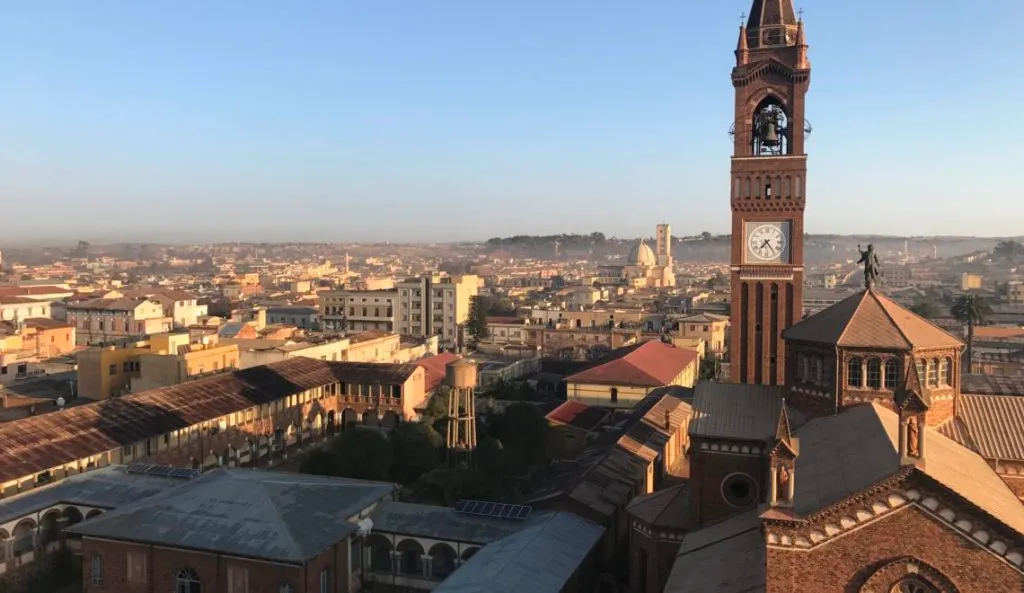
Another unique aspect of tourism in Eritrea is the country’s focus on sustainable tourism. The government has made efforts to promote responsible tourism practices, such as limiting the number of visitors to certain ecologically sensitive areas and promoting conservation efforts to protect the country’s natural resources. In addition, the government has been working to involve local communities in the tourism industry, providing training and support for small-scale tourism enterprises.
Despite these attractions, Eritrea’s tourism industry still faces challenges. One of the main obstacles is a lack of infrastructure, including limited transportation options and a shortage of tourist facilities. However, the government has been making efforts to address these issues by investing in new hotels, resorts, and transportation infrastructure.
In addition, Eritrea’s tourism industry has been impacted by the COVID-19 pandemic, which has led to a significant decrease in international travel. However, the government has taken steps to mitigate the impact of the pandemic on the tourism industry, including implementing strict health and safety measures and promoting domestic tourism.
Overall, while tourism in Eritrea is still in the early stages of development, the country has a lot to offer visitors in terms of its cultural and natural heritage. With continued investment in infrastructure and improvements in the political and economic environment, Eritrea has the potential to become an increasingly popular destination for responsible and sustainable tourism.
Certainly, I can provide you with more information on tourism in Eritrea.
One of the unique aspects of Eritrea’s tourism industry is its focus on promoting peace and reconciliation. The government has launched a series of initiatives aimed at fostering dialogue and understanding among different cultural and ethnic groups both within Eritrea and throughout the region. These initiatives have the potential to create a more peaceful and stable environment for tourism in the region.
In addition to promoting peace and reconciliation, Eritrea’s tourism industry also offers visitors the opportunity to explore the country’s diverse landscapes and natural attractions. The country is home to several national parks, including the Semienawi Bahri National Park and the Filfil Solomona National Park, which offer opportunities for hiking, camping, and wildlife viewing. The country’s coastline, which stretches along the Red Sea, is known for its pristine coral reefs and marine life, and is a popular destination for snorkeling and diving.
Another unique aspect of tourism in Eritrea is the country’s focus on sports tourism. In recent years, Eritrea has become a popular destination for cycling enthusiasts, who are drawn to the country’s hilly terrain and scenic routes. The Tour of Eritrea, an annual cycling race, has become a major event on the African cycling calendar. In addition to cycling, Eritrea also offers opportunities for other sports, such as hiking, rock climbing, and water sports.
Despite these attractions, Eritrea’s tourism industry still faces challenges. One of the main obstacles is a lack of awareness among potential visitors about what the country has to offer. The government has been working to address this by promoting the country’s attractions through international tourism fairs and marketing campaigns.
Another challenge is the country’s visa policy, which can be cumbersome and expensive for tourists. However, the government has recently introduced a new e-visa system that makes it easier for visitors to apply for a visa online.
Overall, while tourism in Eritrea is still in the early stages of development, the country has a lot of potential as a destination for responsible, sustainable, and community-based tourism. With continued investment in infrastructure and improvements in visa policies, Eritrea could become an increasingly popular destination for travelers seeking unique and off-the-beaten-path experiences.
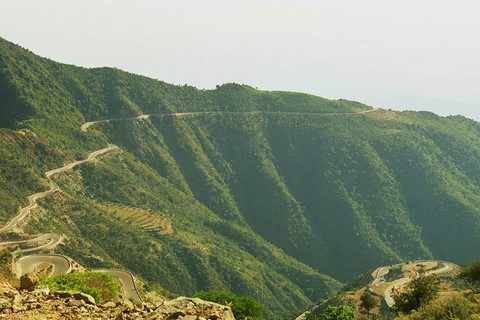
Certainly, I can provide you with more information on tourism in Eritrea.
One of the unique aspects of Eritrea’s tourism industry is its rich cultural heritage, which is reflected in its historic buildings, monuments, and museums. Asmara, the capital city, is particularly known for its Italian colonial architecture, which dates back to the late 19th and early 20th centuries when Italy colonized the region. The city boasts numerous well-preserved Art Deco and Rationalist-style buildings, as well as a vibrant street life that reflects the country’s diverse cultural influences.
In addition to its cultural attractions, Eritrea is also home to a diverse range of natural landscapes and ecosystems. The country’s interior is characterized by rugged mountains, deserts, and savannas, which offer opportunities for hiking, camping, and wildlife viewing. The Dahlak Archipelago, located in the Red Sea, is a popular destination for diving and snorkeling. The archipelago consists of more than 200 islands and is home to a wide variety of marine life and coral reefs.
Another unique aspect of tourism in Eritrea is its focus on sustainable tourism. The government has made efforts to promote responsible tourism practices, such as limiting the number of visitors to certain ecologically sensitive areas and promoting conservation efforts to protect the country’s natural resources. In addition, the government has been working to involve local communities in the tourism industry, providing training and support for small-scale tourism enterprises.
Despite these attractions, Eritrea’s tourism industry still faces challenges. One of the main obstacles is a lack of infrastructure, including limited transportation options and a shortage of tourist facilities. However, the government has been making efforts to address these issues by investing in new hotels, resorts, and transportation infrastructure.
In addition, Eritrea’s tourism industry has been impacted by the COVID-19 pandemic, which has led to a significant decrease in international travel. However, the government has taken steps to mitigate the impact of the pandemic on the tourism industry, including implementing strict health and safety measures and promoting domestic tourism.
Overall, while tourism in Eritrea is still in the early stages of development, the country has a lot to offer visitors in terms of its cultural and natural heritage. With continued investment in infrastructure and improvements in the political and economic environment, Eritrea has the potential to become an increasingly popular destination for responsible and sustainable tourism.



